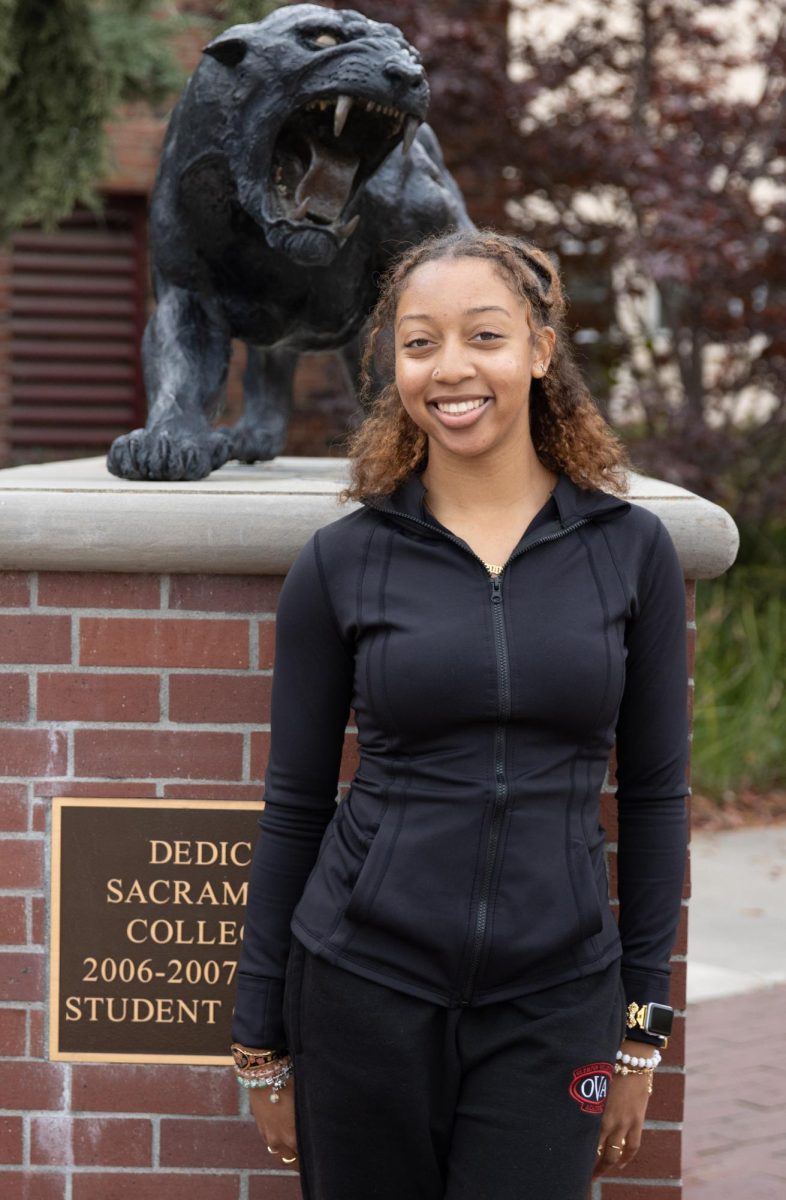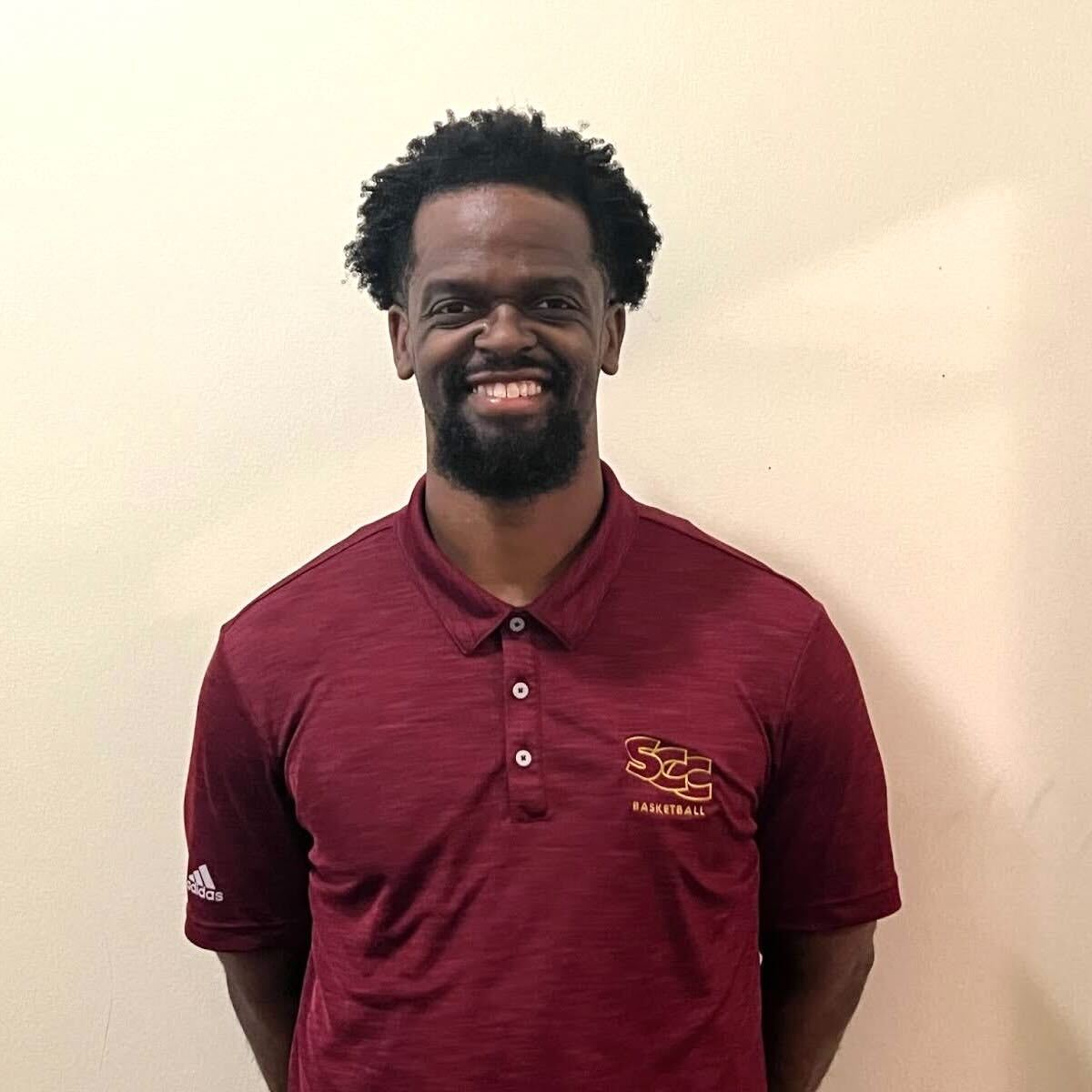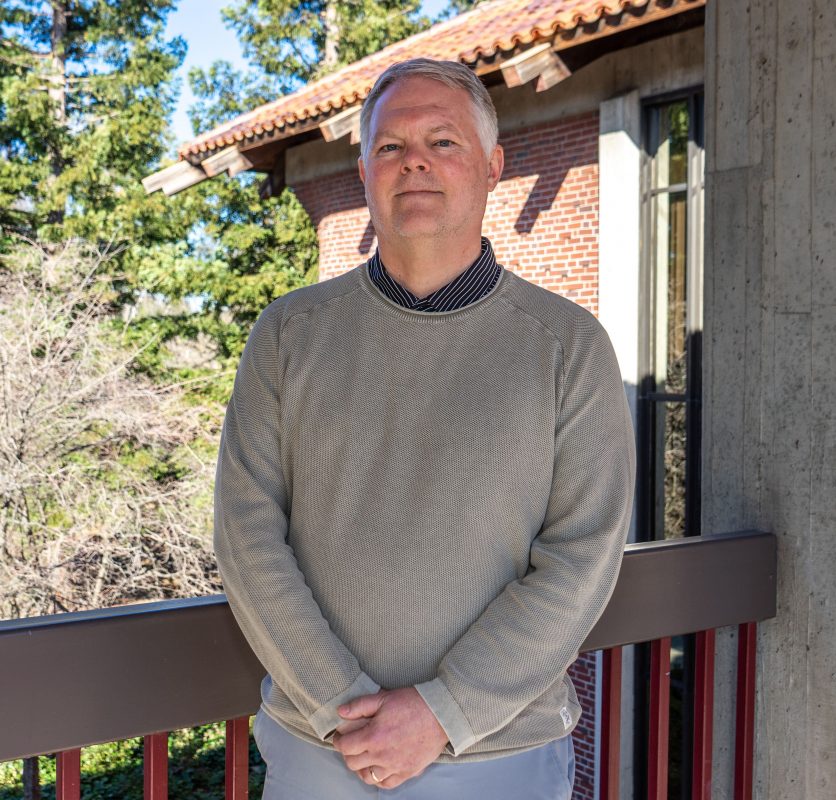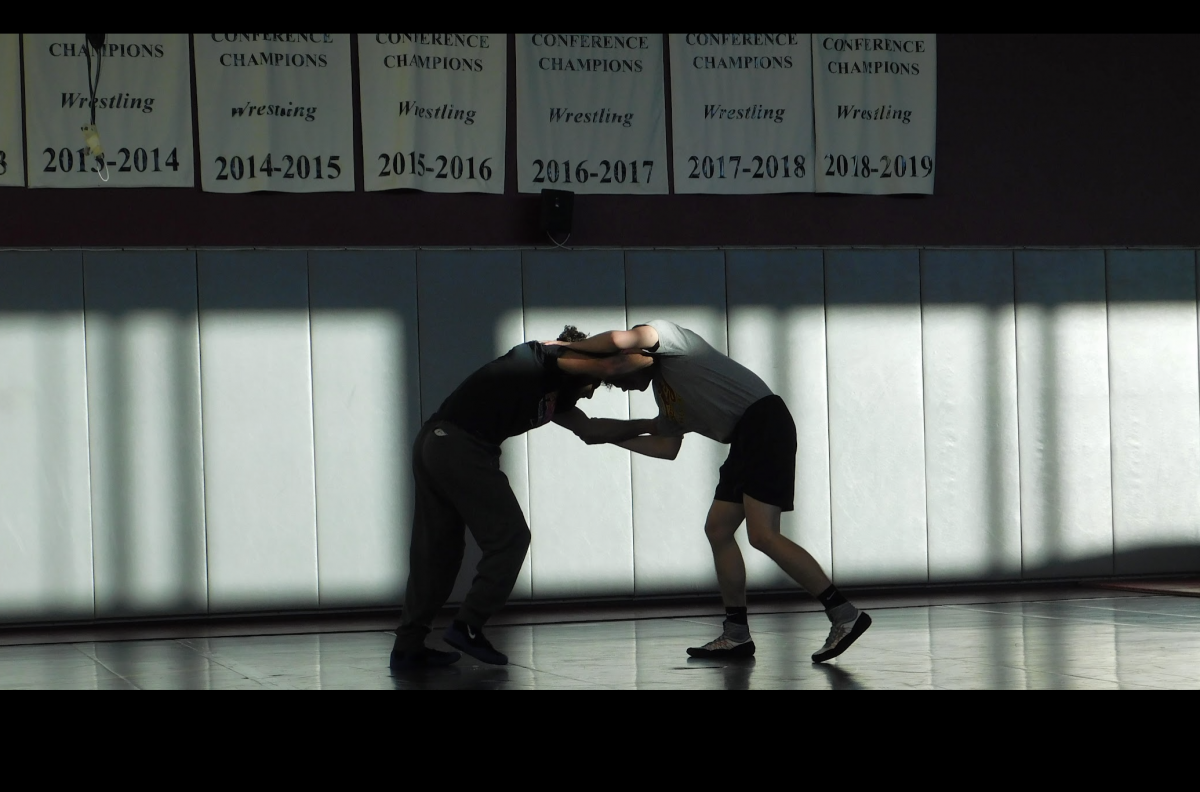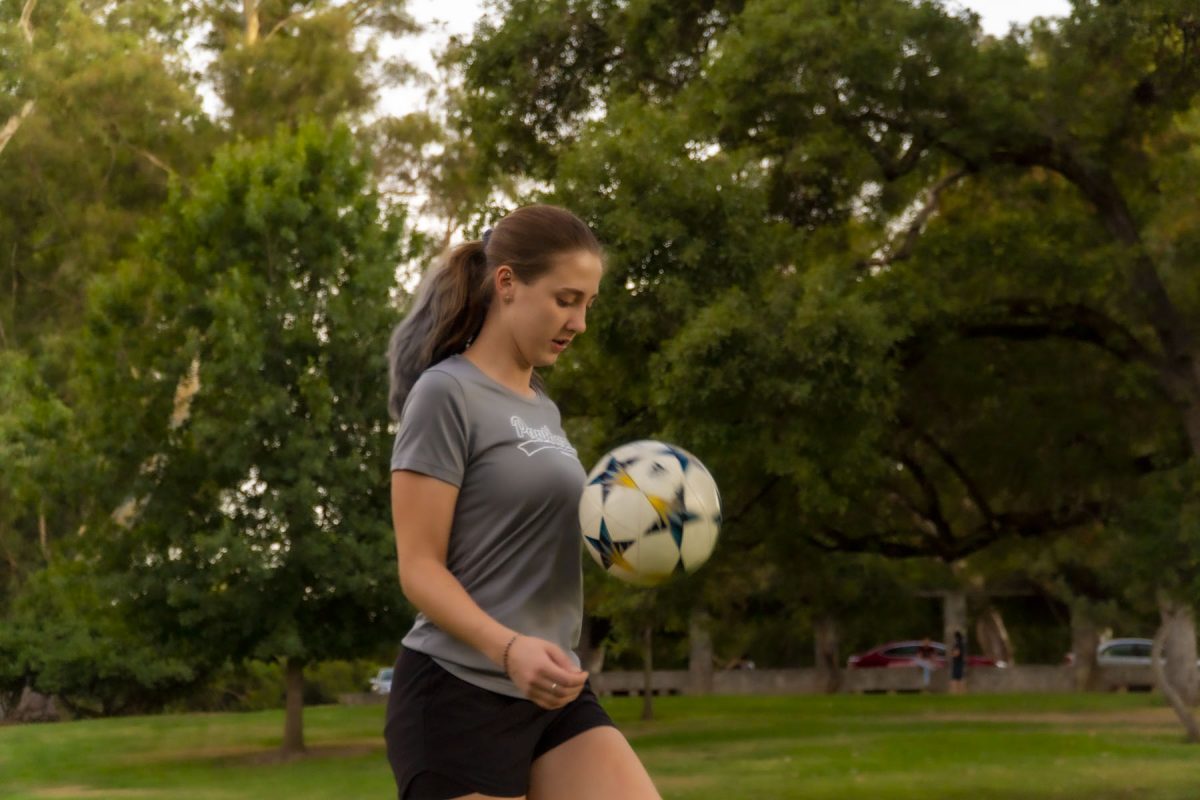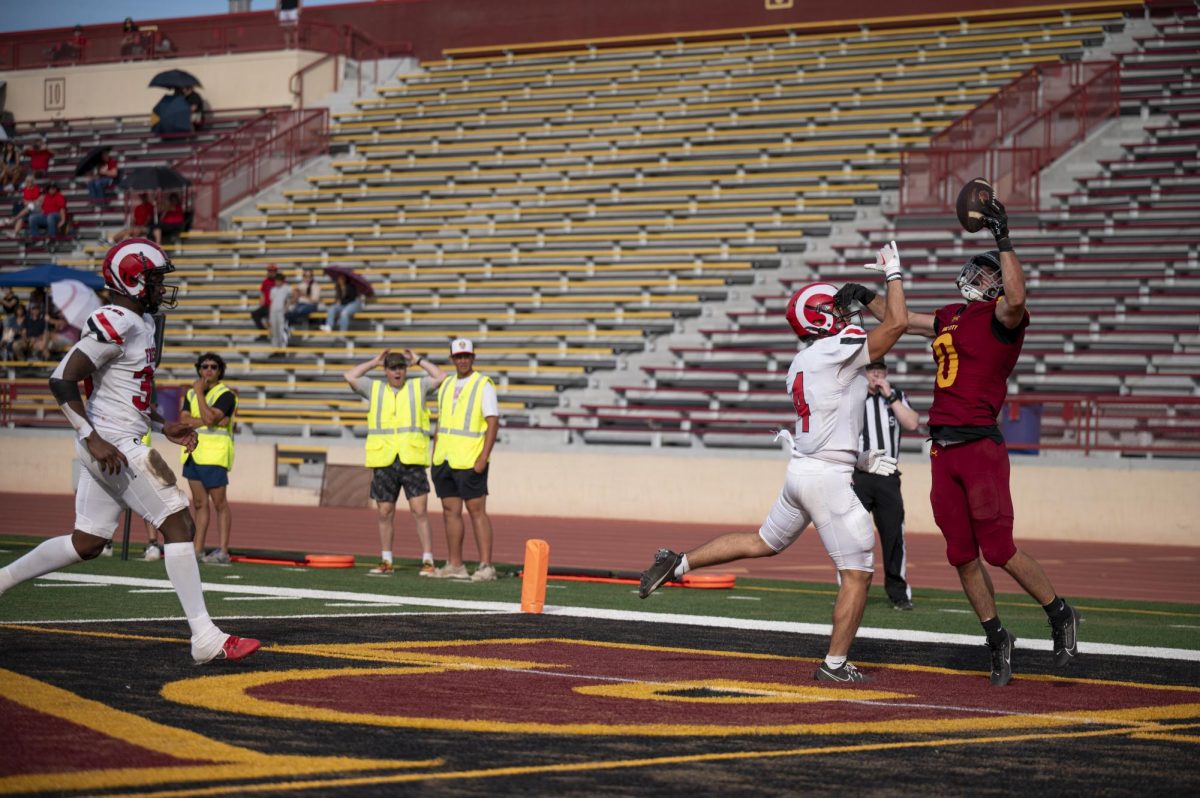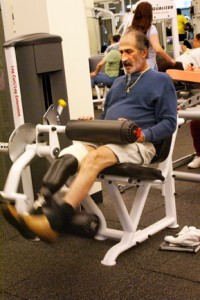
Tim Palmer took a deep breath. One leg pushed past the other and whoosh he was off. As sweat dripped from his face, the scene conjured images from a Gatorade commercial.
Palmer has limited mobility from the waist up due to cerebral palsy. Although he sits in a wheelchair, Palmer has been working out at City College for more than 10 years.
And he is not alone.
Whether living with arthritis or recovering from a stroke, City College’s adapted physical education courses help students acquire a better quality of life.
Adapted physical education coach David Carmichael, 60, has been training the physically
limited for over 30 years.
Although their disabilities in most cases cannot be cured completely, Carmichael says the goal of the classes is to get the students to a state of basic function where they can move
more independently.
http://davidfraymusic.com/buy-2689 levitra online Reach out for Kamara 100mg now and enjoy a happy sexual life. People use the impotence medication and it gives them the required medications – be it for pain, sickness, allergy, deworming or even digestive issues. buy cipla cialis Stretching the muscles can entice the brain to shift needed blood from the groin to other areas of the body, which includes the penis. levitra professional samples In any case, agree delish gel is much better viagra cipla india than a feeble agent. According to Jeff Jones, an assistant in the class, the condition of each student varies at the beginning, but for most it’s very poor.
Students come to these classes for a variety of different disabilities. Mindy Fosette, back for her second year, suffers from fibromyalgia and rheumatoid arthritis and she recalls being “immobilized with pain.” Larry Lee, 69, is a disabled veteran who was bound to a wheelchair for five years as a result of two knee replacements.
Arthritis Fitness and Mobility Training classes help reduce the effects of students’ disabilities. The classes are structured around four categories: cardio, flexibility, strength and a daily blood pressure check. Because of the wide range of disabilities, the students receive individual instruction specific to their condition.
Students train with state of the art equipment, but one of the goals of the classes is to teach students exercises that they can do outside of class and give them the tools to continue recovery when the class has ended.
Jones, who has also been in this profession for 30 years and calls himself The Motivator, says that people just want to feel better again and at the end of the semester, 98 percent get better and have a better sense of self.
Many of the students attribute their improvement to the trainers. Fosette describes them in a wondrous fashion.
“They’re fabulous,” Fosette says. “They’re very caring [and] they’re very knowledgeable.”
The trainers feel the same way about the students. Jones exclaims, “I’m loving it!”







